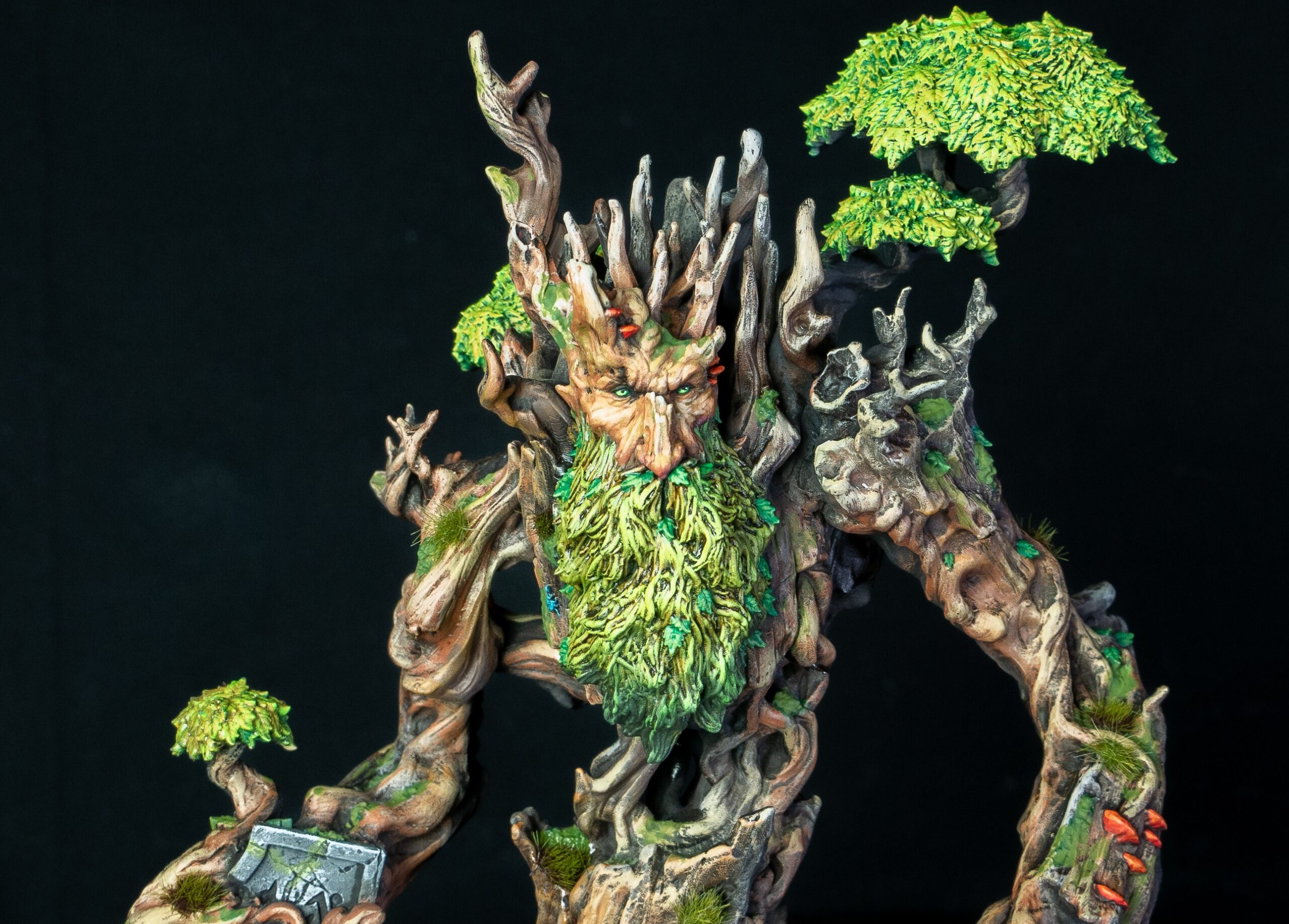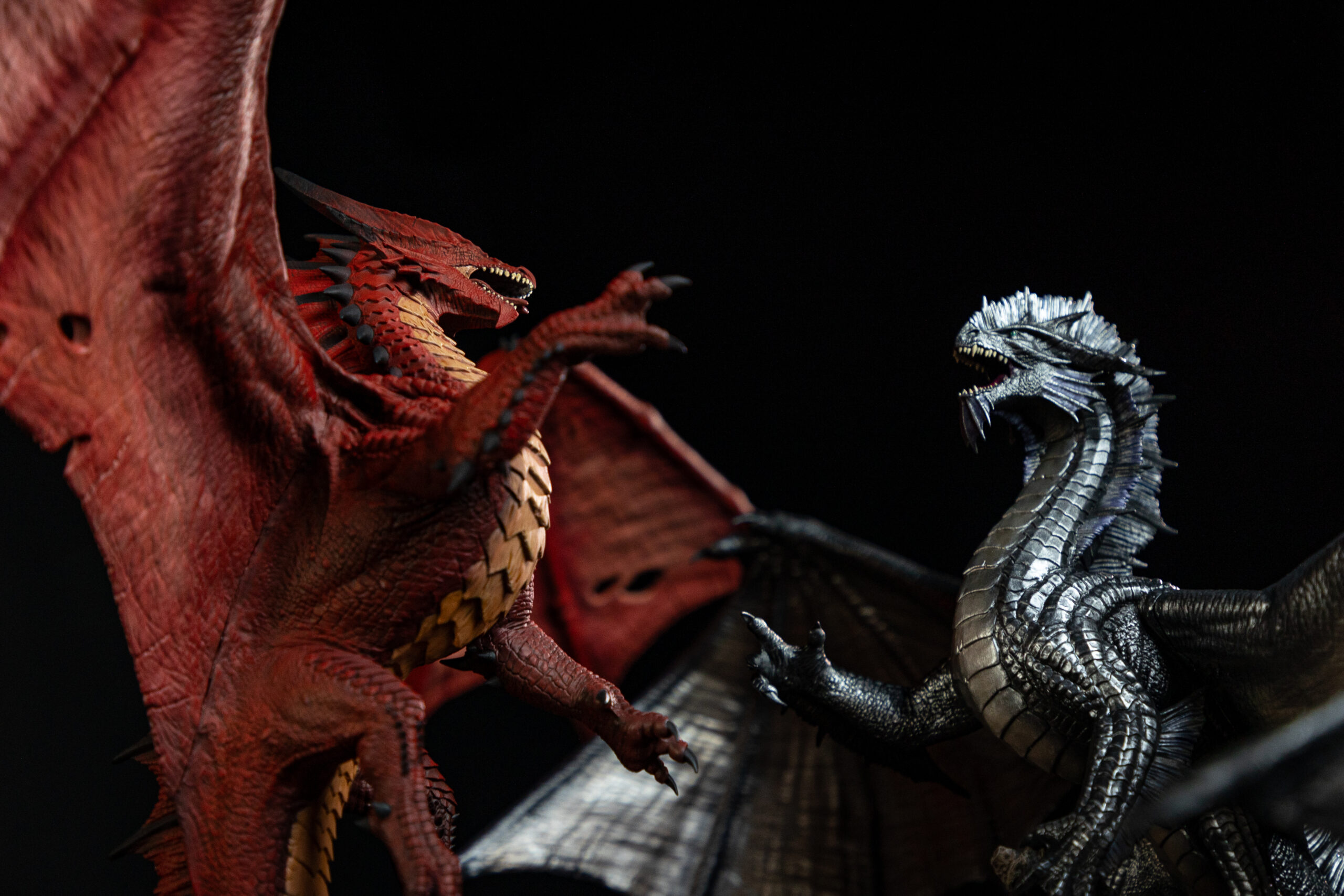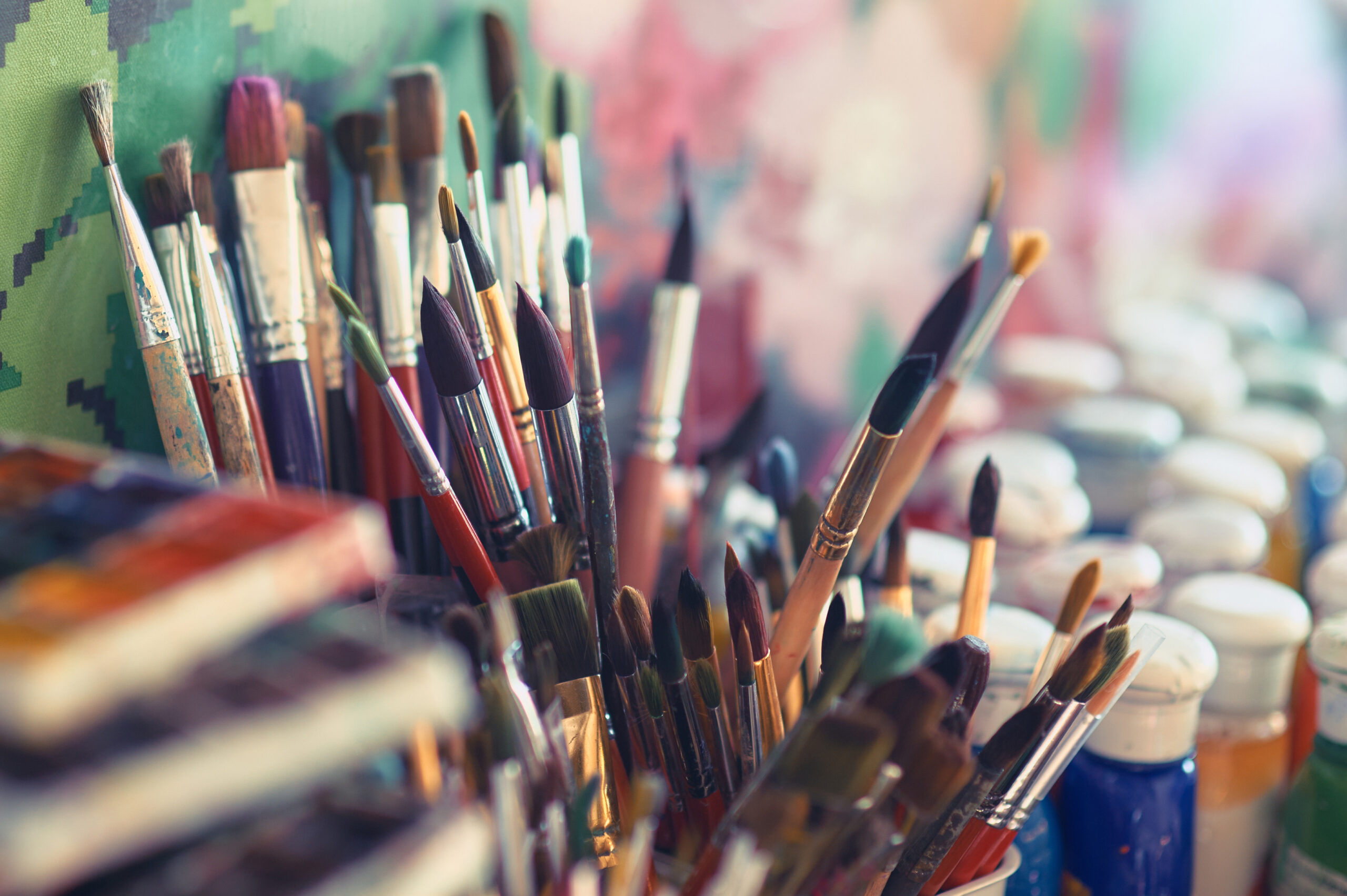Exploring Painting Techniques: Slapchop
Slapping Up Masterpieces in No Time!
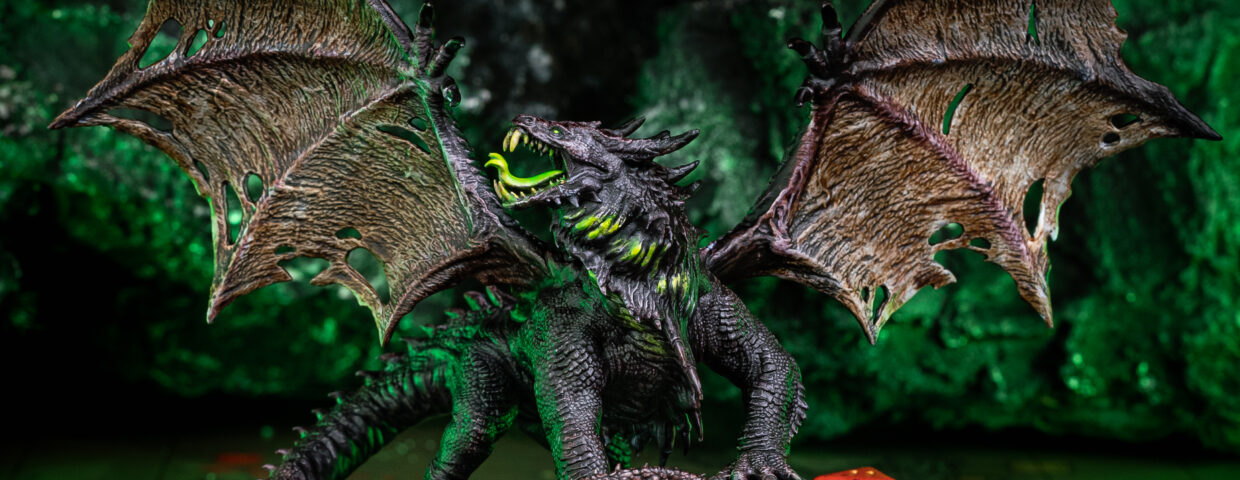
Using a flat brush to quickly slap the paint onto the canvas in a choppy motion creates a textured and dynamic painting full of energy and movement: that’s the basic understanding of what the slapchop technique is when it comes to painting.
However complicated it may sound, slapchop can take your painting skills to a different level and create new dynamics for your art piece. So, let’s not waste more time and reveal all there is to know about this technique.
The “Slapchop technique” in art is a playful and experimental approach to applying paint onto a canvas using physical motions reminiscent of the chopping and slapping actions associated with the kitchen tool. It’s a method that values spontaneity, texture, and the dynamic interaction between the artist and the canvas. While not an official or standardized technique, artists have embraced the concept of Slapchop-inspired movements to create unique and visually captivating artworks.
But why slapchop?
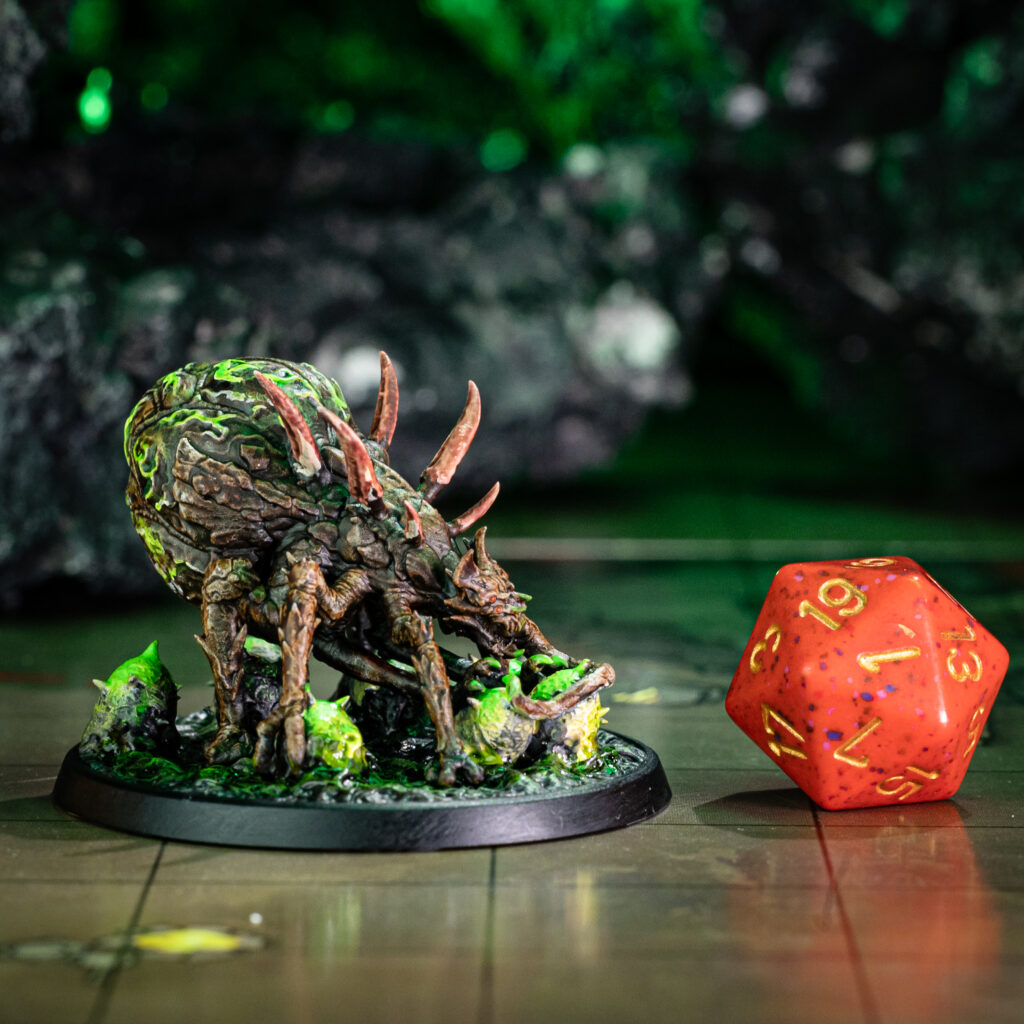
History, Not Mystery!
Slapchop is a kitchen utensil that simplifies food preparation tasks like chopping, mincing, and dicing. It typically consists of a plastic container with a grid of sharp blades inside and a hinged lid. When you place vegetables, fruits, or other food items onto the edges and close the lid, a swift downward force chops or minces the food as it makes contact with the blades. Marketed initially as a kitchen gadget for easy food preparation, the term “slap chop” has also gained a humorous connotation due to its catchy infomercials and distinctive name. In the artistic context mentioned earlier, “Slapchop painting” used similar chopping or slapping motions inspired by the kitchen tool to manipulate paint on a canvas creatively and expressively. This artistic technique might not directly relate to the kitchen utensil but instead draws on its name to evoke a sense of unconventional and dynamic art creation.
Okay, But What Do I Create With It?
Exploring the slapchop painting technique opens up a world of creative possibilities. This technique encourages experimentation, spontaneity, and a playful approach to creating art.
Some ideas may involve abstract creations filled with vibrant colors, dynamic textures, unexpected patterns, and expressive landscapes, since the technique can mimic the movement of water, the texture of trees, and the play of light across a landscape.
Another possibility is creating portraits with a twist, inserting texture and movement, which add depth and emotion to the subject’s features. But if portraits are not your cup of tea, you can, too, create still-life artwork popping off the canvas with energy, depicting the textures of fruits, flowers, or everyday objects in a bold and captivating way.
As for contemporary pieces, incorporate slapchop into mixed-media pieces by combining paint, collage elements, and even text for multi-dimensional artwork. Last but not least, miniature painting must be remembered! Working on a smaller scale requires more patience and precision, so using appropriate tools for the size and experimenting with different approaches to see what works best for achieving the desired textures and effects are a must. Additionally, details are crucial in miniature painting; don’t hesitate to zoom in and use magnifying tools to ensure your artwork shines with meticulous detail.
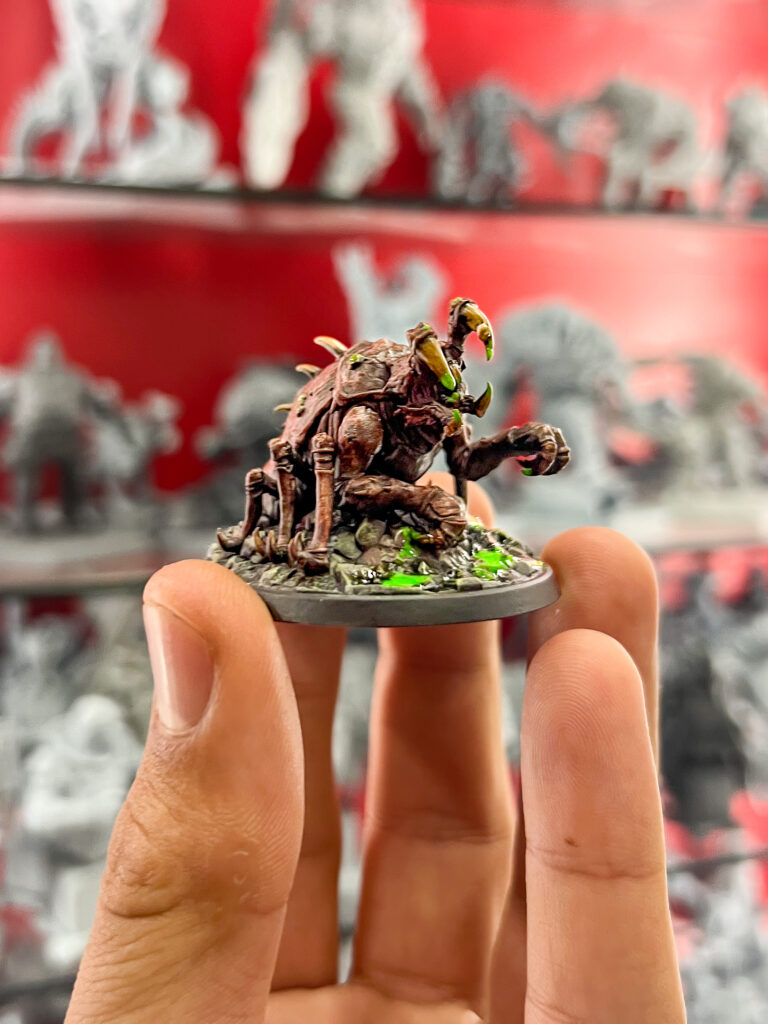
Wonderful. But What Tools Can I Use to Create Such Incredible Effects?
In this matter, your imagination is the limit: slapchop tools can relate to various implements used to mimic the chopping and slapping motions of a slapchop kitchen gadget in your painting technique. Here are some examples of tools you can use:
- Palette Knives: Versatile tools with a flat, flexible blade. They’re great for spreading and mixing paint on the canvas using the Slapchop technique. The flat edge can be used for chopping motions, while the side of the blade can create interesting textures.
- Spatulas: Similar to palette knives, spatulas have a flexible blade that can be used to manipulate paint. They’re especially effective for creating bold, distinct textures when slapped onto the canvas.
- Sponges: Natural or synthetic sponges can dab, stipple, or slap paint onto the canvas. Sponges can create soft, textured effects that resemble natural surfaces or organic patterns.
- Rags or Cloth: Pieces of cloth or rags can be dipped in paint and then slapped onto the canvas to create textured patterns. The fabric’s texture can transfer onto the canvas, adding an interesting visual element.
- Brushes: While not typically associated with the Slapchop technique, brushes can also be used in this context. Brushes with stiff bristles can create textured effects by tapping or pressing the bristles onto the canvas.
- Your Hands: Your hands can be incredibly expressive tools for the Slapchop technique. Use them to press, smear, and even slap paint onto the canvas. The tactile connection between your hands and the paint can add a personal touch to your artwork.
- Found Objects: Get creative and use unconventional objects like old credit cards, plastic lids, or even crumpled paper to apply paint with Slapchop-like motions. Experiment with different textures and shapes.
Now, to really understand the technique, a step-by-step is needed.
#1. Preparation
- Set up your workspace with all the necessary materials.
- Choose your color palette and squeeze out the paints onto your palette.
#2. Background Layer
- Begin with a background color on your canvas. This will serve as the foundation for your painting. You can use a brush to apply the background color or even your hands for a more organic feel.
- Allow the background to dry completely before moving on.
#3. Paint Application
- Select a primary color for your subject or focal point. Apply dabs of this color onto the canvas in the general areas you want your subject to be.
- Use other colors to complement or contrast with the primary color. Apply these colors around the canvas, allowing them to interact with the primary color abstractly.
#4. Slapchop-inspired Technique
- Now comes the fun part. Pick up one of your Slapchop-inspired tools (palette knife, spatula, etc.).
- Dip the tool into a paint color of your choice. Hold it at an angle and press it onto the canvas with a chopping or slapping motion. This creates textured marks and blends the colors together in exciting ways.
- Feel free to vary your movements—chop, slap, and drag the paint with the tool. You can use different tools for different effects.
#5. Layering and Texture
- As you apply the Slapchop technique, layers of paint will build up on the canvas, creating depth and texture.
- Feel free to layer different colors on top of each other. This adds complexity to your artwork.
#6. Adding Details
- After establishing the base layers and textures, you can use smaller brushes or even your fingers to add finer details to your painting.
- Add highlights, shadows, and intricate patterns to enhance the focal points of your artwork.
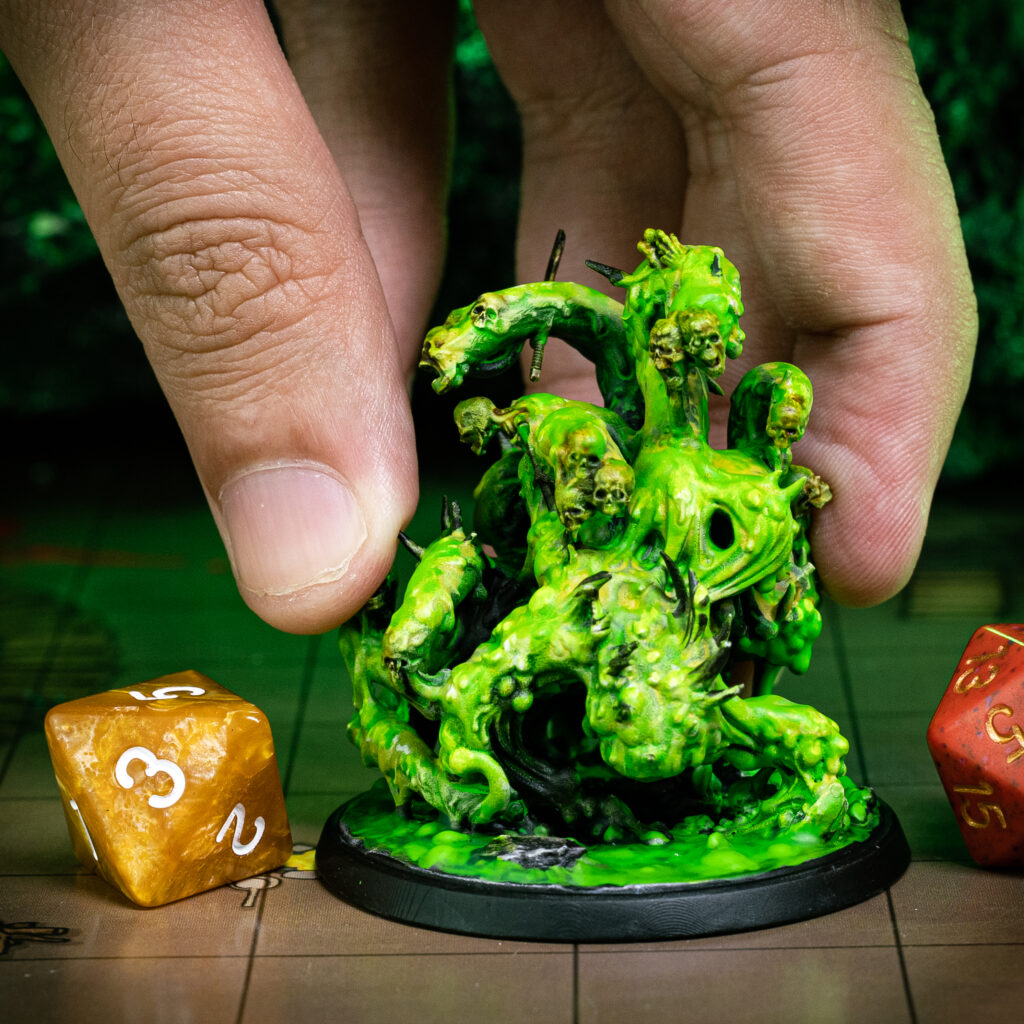
#7. Balancing Composition
- Throughout the process, step back and assess the composition. Ensure there’s a balance of colors, textures, and focal points.
- Adjust any areas that feel too chaotic or too empty.
#8. Finishing Touches
- Let the painting dry thoroughly once you’re satisfied with the overall composition.
- You should apply a clear varnish or protective layer to seal the paint and enhance the colors.
What Are You Waiting For?
Join us and embrace the vibrant world of slapchop painting, where your creativity meets dynamic motions and textured expressions, transforming your artwork into a masterpiece that pulses energy and innovation.
And if you want to start using the technique on your minis and you don’t know where to arrange awesome STL files to start your collection of 3D printed models to paint, take a look at our post An Overview on Loot’s Free STL Minis – and problem solved!
Loot Studios can help you paint highly detailed minis, statues and props. Choose your favorite bundle from our previous releases or sign up for Fantasy or Sci-Fi to receive a new bundle every month. You can also check out some tips at our YouTube Channel.


